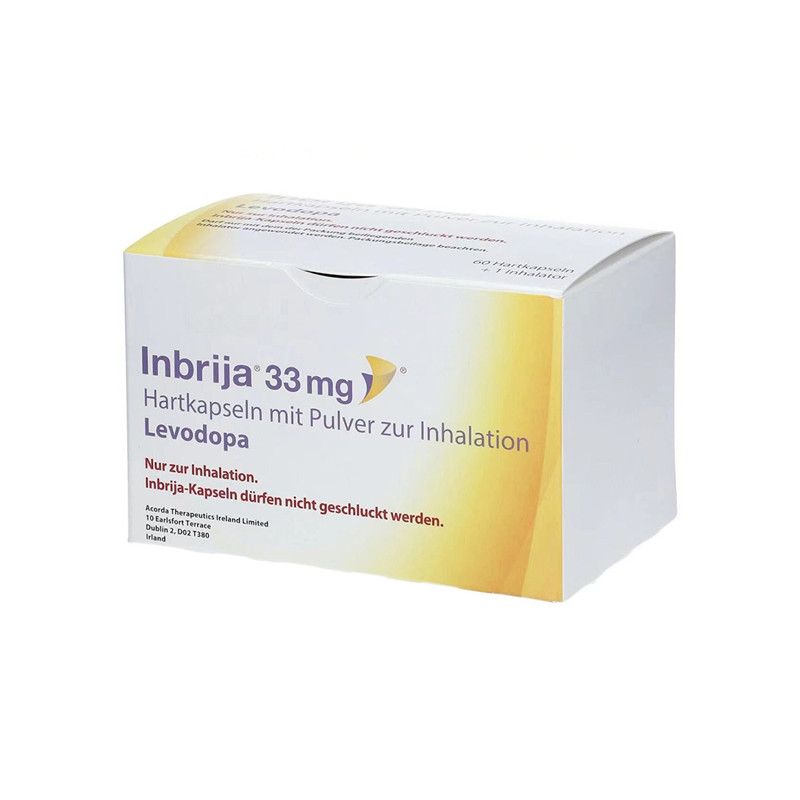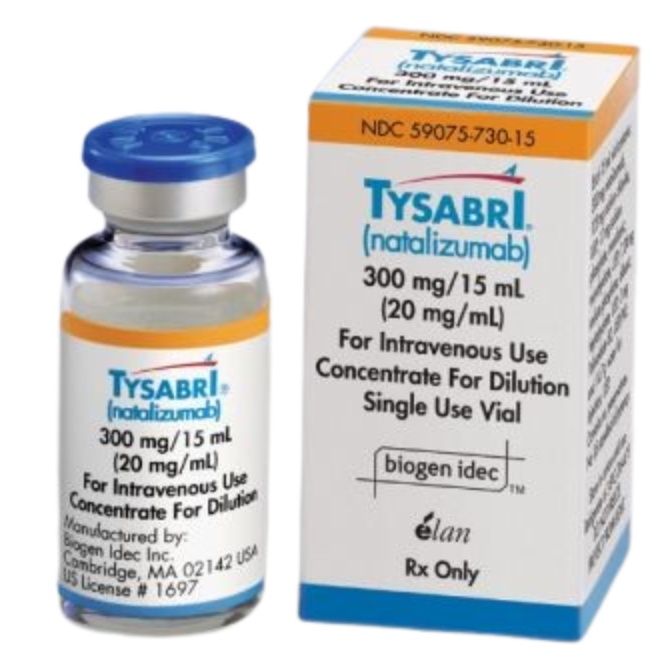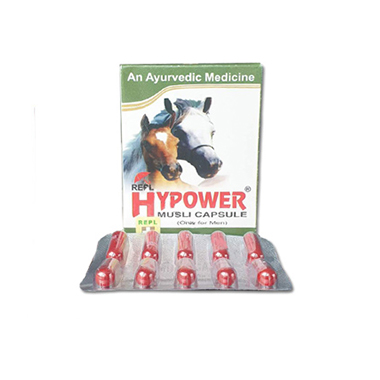Parkinson's disease is a neurodegenerative disorder that causes tremors, stiffness, and difficulties with movement. One of the main challenges of treating Parkinson's disease is the fact that many medications become less effective over time, leading to \"off\" periods when symptoms return. One potential solution to this problem is Inbrija, a new medication that delivers levodopa (also known as L-dopa) directly to the lungs.
 Levodopa is a common medication used to treat Parkinson's disease. It works by increasing the levels of dopamine in the brain, which helps to improve symptoms such as tremors and stiffness. However, levodopa has several limitations. For example, it can take a long time to reach the brain when taken orally, and it can cause side effects such as nausea and vomiting.
Levodopa is a common medication used to treat Parkinson's disease. It works by increasing the levels of dopamine in the brain, which helps to improve symptoms such as tremors and stiffness. However, levodopa has several limitations. For example, it can take a long time to reach the brain when taken orally, and it can cause side effects such as nausea and vomiting.Inbrija is a different way of delivering levodopa. It comes in the form of a dry powder that is inhaled through a small handheld device, similar to an asthma inhaler. When Inbrija is inhaled, it goes straight to the lungs, where it is absorbed into the bloodstream and then travels to the brain. This means that Inbrija works more quickly than levodopa taken orally, and it may also cause fewer side effects.
Studies have shown that Inbrija can be effective at reducing the symptoms of Parkinson's disease. In one clinical trial, patients who used Inbrija had significant improvements in their motor symptoms compared to those who used a placebo. In another study, patients who used Inbrija had fewer \"off\" periods and more \"on\" periods, meaning they spent more time with reduced symptoms.
Another advantage of Inbrija is that it can be used \"as needed,\" rather than on a fixed schedule. This means that patients can use Inbrija when they feel their symptoms are starting to return, rather than having to stick to a rigid medication schedule. This flexibility may be particularly helpful for patients who experience unpredictable \"off\" periods throughout the day.
However, there are also some potential drawbacks to Inbrija. For example, it is only approved for use in patients who are already taking carbidopa-levodopa, another common medication for Parkinson's disease. This means that patients cannot use Inbrija as a standalone treatment. In addition, not all patients may be able to tolerate inhaling a dry powder, particularly those with respiratory problems.
In conclusion, Inbrija is a promising new treatment option for Parkinson's disease. Its unique delivery mechanism and flexibility have the potential to improve the lives of patients with this debilitating condition. However, it is important to work closely with a doctor to determine whether Inbrija is right for each individual patient.







